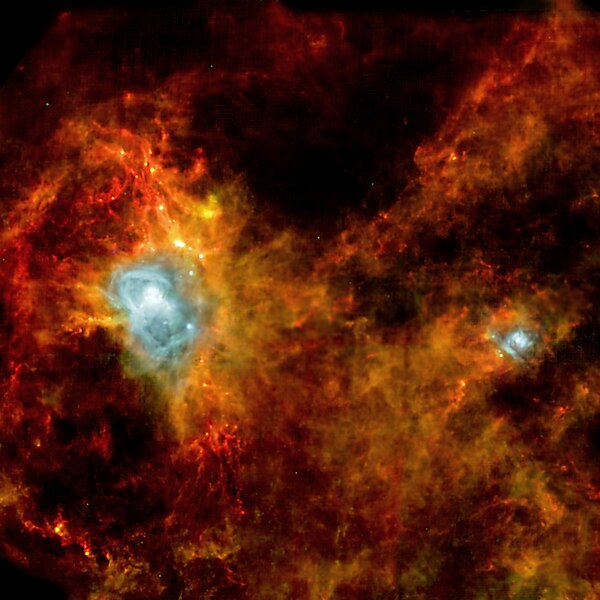Fil:Infrared Image of Dark Cloud in Aquila.jpg

Storlek på förhandsvisningen: 600 × 600 pixlar. Andra upplösningar: 240 × 240 pixlar | 480 × 480 pixlar | 768 × 768 pixlar | 1 024 × 1 024 pixlar | 1 930 × 1 930 pixlar.
Originalfil (1 930 × 1 930 pixlar, filstorlek: 611 kbyte, MIME-typ: image/jpeg)
Filhistorik
Klicka på ett datum/klockslag för att se filen som den såg ut då.
| Datum/Tid | Miniatyrbild | Dimensioner | Användare | Kommentar | |
|---|---|---|---|---|---|
| nuvarande | 30 juni 2011 kl. 20.39 |  | 1 930 × 1 930 (611 kbyte) | Spitzersteph |
Filanvändning
Följande sida använder den här filen:
Global filanvändning
Följande andra wikier använder denna fil:
- Användande på af.wikipedia.org
- Användande på ar.wikipedia.org
- Användande på be.wikipedia.org
- Användande på bg.wikipedia.org
- Användande på ca.wikipedia.org
- Användande på en.wikipedia.org
- Användande på es.wikipedia.org
- Användande på eu.wikipedia.org
- Användande på gl.wikipedia.org
- Användande på hi.wikipedia.org
- Användande på id.wikipedia.org
- Användande på ja.wikipedia.org
- Användande på ko.wikipedia.org
- Användande på nl.wikipedia.org
- Användande på pl.wikipedia.org
- Användande på ru.wikipedia.org
- Användande på sk.wikipedia.org
- Användande på sr.wikipedia.org
- Användande på te.wikipedia.org
- Användande på www.wikidata.org
- Användande på zh.wikipedia.org


